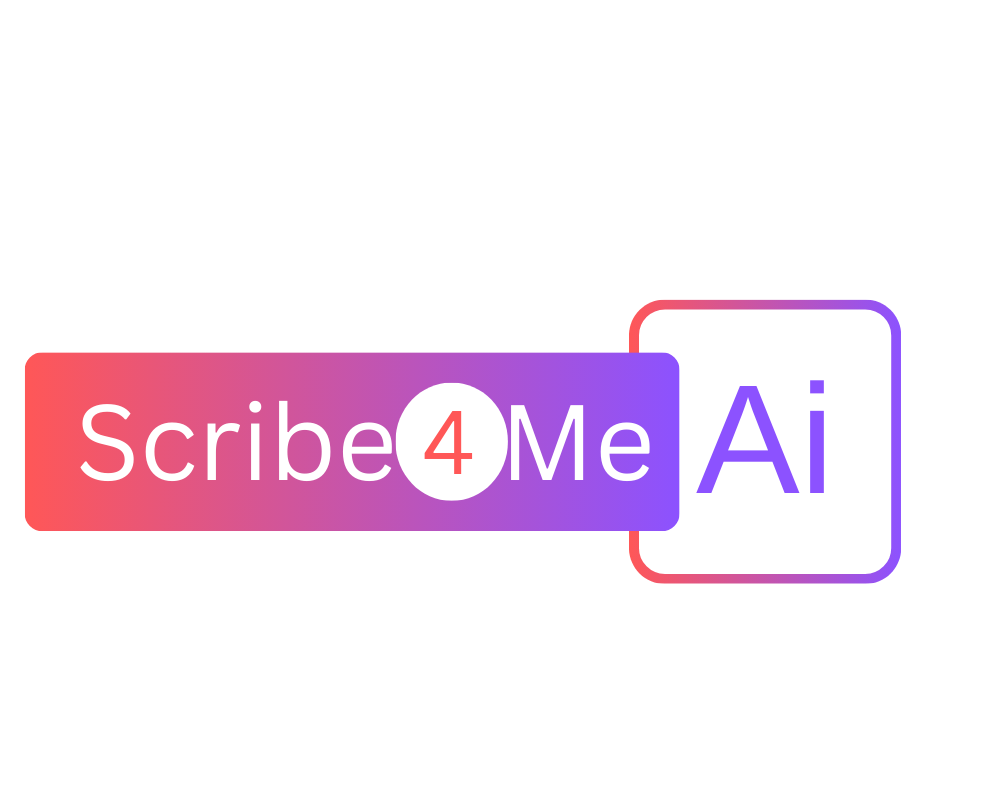

How Technology Can Lighten The Administrative Burden On Physicians
Administrative burden remains the biggest driver of physician burnout and dissatisfaction, with many physicians spending as much time on paperwork as they do with patients. Fortunately, technology is here to help. Artificial intelligence, machine learning and other digital automation tools, are all set to ease these burdens, giving physicians more time to focus on what truly matters the most – their patients. In this blog post, we will discuss five crucial tasks that technology is helping physicians complete more quickly, easily, and efficiently than ever before.
Calculating Patient Risk Scores
Today, with a shift towards value-based care, it’s increasingly important for physicians to understand their patients' health risks accurately. However, many current tools still require physicians to manually review records and interpret data, which can be both time-consuming and overwhelming. Fortunately, AI-powered programs are making this process much easier. By integrating with EHRs these tools can quickly scan and extract relevant diagnostic data, turning it into standardized codes that help physicians assess patient risk scores more efficiently. By automating risk score calculations, technology allows physicians to get a clear picture of patient needs without extensive data review, giving them more time for direct patient care.
Streamlining Visit Documentation
Documentation is one of the top contributors to physician burnout. Previously, voice recognition software focused on dictation, requiring physicians to position the cursor before speaking and demanding time to train the system to recognize their voices. Now, voice recognition that leverages AI can understand user intent and doesn’t need training. It listens to commands and automatically updates the right section of the EHR without requiring the physician to navigate with a mouse or keyboard. By significantly reducing documentation time, this AI-powered scribing tool boosts physician satisfaction with their EHRs, workload, and overall practice.
Enhancing Pre-Visit Planning
Preparing for patient visits, especially for those with complex health histories often requires physicians to dig through records and notes. AI technology can make this process much easier by automatically reviewing patient charts and summarizing key information. Instead of sifting through pages of medical data, AI can generate a clear, problem-focused summary that highlights the most important details. For instance, for a patient with diabetes, the summary might include the latest A1C results, ophthalmology notes, and any care gaps. This AI-driven approach can reduce preparation time by up to 70%, helping physicians quickly grasp what they need to know before seeing the patient.
Simplifying Prior Authorization
For many physicians, dealing with prior authorizations is a frustrating and time-consuming task. According to a survey by the American Medical Association, on average, each physician handles 41 prior authorization requests weekly, which not only adds to their administrative burden but can also delay critical care for patients, sometimes leading to serious consequences. AI-driven tools are now playing a key role in easing this burden. They are designed to learn payer rules and automatically gather the necessary documentation for prior authorization requests. This automation allows practices to complete authorizations faster, reducing delays in patient care and helping physicians avoid denied claims.
Managing Direct Primary Care (DPC) Memberships
In response to the administrative challenges posed by insurance companies, many family physicians have moved to direct primary care (DPC) models, where patients pay a fixed monthly fee for services. However, managing a DPC practice still comes with its own set of administrative tasks, such as billing, invoicing, and membership management. Technology solutions are now available to simplify these tasks, automating billing and streamlining other essential operations. These tools help make the transition to DPC easier and more sustainable, reducing the administrative burden for physicians.
Final Thoughts
Physicians face significant challenges from administrative tasks, but AI-powered technologies are offering real, practical solutions. By reducing the time and cognitive load associated with these tasks, tech tools are helping physicians reclaim time for patient care. Whether through risk calculation, documentation, pre-visit planning, prior authorizations, or DPC management, these technological aids can help optimize physician experience and reduce burnout.
If you are struggling with documentation and looking to reduce your workload you have come to the right place. Scribe4Me AI automates the entire documentation process and streamlines your patient encounters by creating HIPAA compliant notes directly in your EHR. Sounds interesting? Get started with your free trial today and experience the Scribe4Me AI difference!


